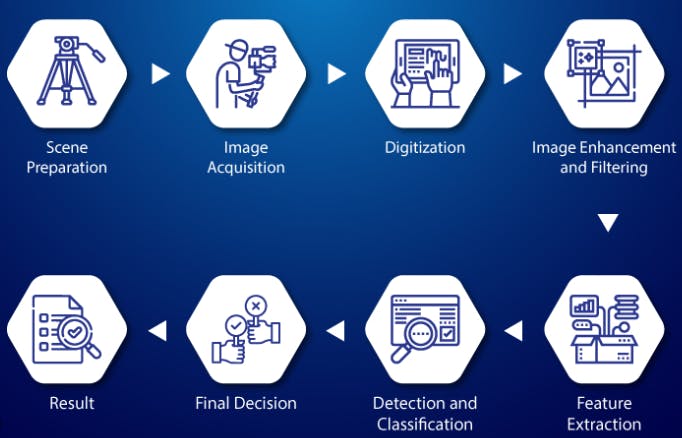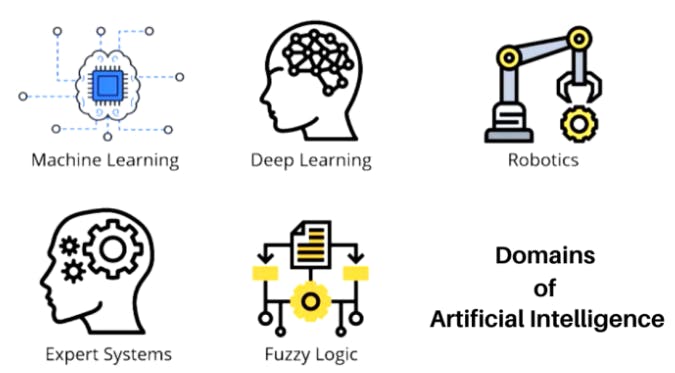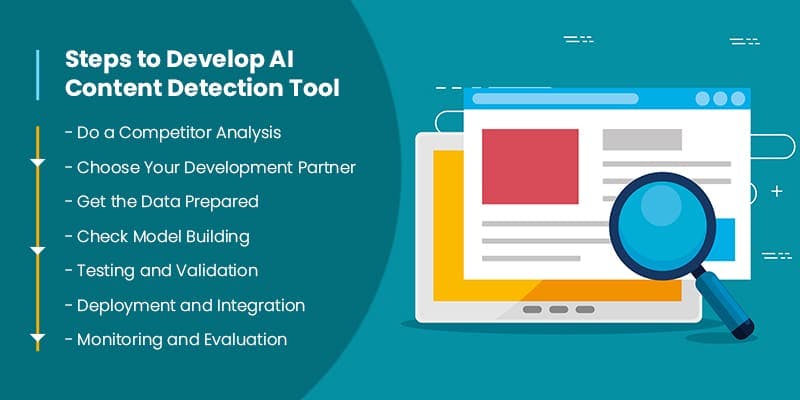How do AI-driven image recognition tools enhance visual content analysis?
Visual Content Analysis with AI Image Recognition! 🖼️🔍
Introduction
In today's digital age, visual content has become a dominant force in communication and marketing strategies. With the exponential growth of images and videos on the internet, businesses are turning to AI-driven image recognition tools to enhance visual content analysis.
In this article, we'll explore how AI-driven image recognition tools are transforming the way we analyze and understand visual content.

Understanding AI-driven Image Recognition
AI-driven image recognition is a branch of artificial intelligence that enables machines to interpret and understand visual content, such as images and videos. By leveraging advanced algorithms and deep learning techniques, these tools can automatically identify objects, scenes, and patterns within visual data, providing valuable insights for various applications.
How AI Enhances Visual Content Analysis
AI-driven image recognition enhances visual content analysis by automating tasks such as image classification and tagging. These tools can accurately identify objects and attributes within images, making it easier to organize and search through large collections of visual data. Additionally, AI-driven image recognition improves image search and retrieval, enabling users to find relevant content quickly and efficiently.
Benefits of AI-driven Image Recognition
One of the key benefits of AI-driven image recognition is its enhanced accuracy and efficiency compared to traditional methods. These tools can analyze vast amounts of visual data in a fraction of the time it would take a human to perform the same task. Moreover, AI-driven image recognition is highly scalable and cost-effective, making it accessible to businesses of all sizes.

Applications of AI-driven Image Recognition
AI-driven image recognition has a wide range of applications across various industries. In e-commerce, these tools are used for product recommendation and visual search, enabling customers to find products based on visual similarities. In social media, AI-driven image recognition powers content moderation, detecting and removing inappropriate content such as violence and nudity.
Additionally, in healthcare, AI-driven image recognition is used for medical imaging analysis, assisting healthcare professionals in diagnosing and treating diseases.
Case Studies and Success Stories
Numerous companies have successfully implemented AI-driven image recognition to enhance visual content analysis. For example, Pinterest uses AI-driven image recognition to power its visual search feature, allowing users to discover related content by uploading images. Similarly, Airbnb uses AI-driven image recognition to automatically categorize and tag property photos, improving the search experience for guests.

Challenges and Considerations
Despite its many benefits, AI-driven image recognition also poses challenges and considerations, particularly in terms of ethics and fairness. There are concerns about privacy and data security, as well as the potential for bias and discrimination in AI algorithms. It's essential for businesses to address these issues and ensure that their AI systems are fair, transparent, and accountable.
Future Trends in AI-driven Image Recognition
Looking ahead, the future of AI-driven image recognition is promising, with advancements in deep learning algorithms and the integration of AI with other technologies such as augmented reality and virtual reality. As AI continues to evolve, we can expect to see even more sophisticated image recognition systems that push the boundaries of what's possible in visual content analysis.
Implementing AI-driven Image Recognition
Implementing AI-driven image recognition requires careful planning and consideration. Businesses must choose the right image recognition platform that aligns with their needs and objectives. Additionally, training and customization are essential to ensuring that AI systems accurately represent the brand and provide meaningful insights into visual content.

Ethical Considerations
Finally, it's crucial to consider the ethical implications of AI-driven image recognition, including privacy, bias, and discrimination. Businesses must prioritize fairness, transparency, and accountability in their use of AI technology, ensuring that it benefits society as a whole while minimizing potential harms.
Conclusion
In conclusion, AI-driven image recognition holds tremendous potential for transforming visual content analysis across industries. By leveraging advanced algorithms and deep learning techniques, businesses can gain valuable insights from visual data, enhancing decision-making and improving the user experience.
As technology continues to advance, embracing AI-driven image recognition will be essential for businesses looking to stay ahead in today's visual-centric world.
For more insights into AI|ML and Data Science Development, please write to us at: contact@fxis.ai| FxisAi

